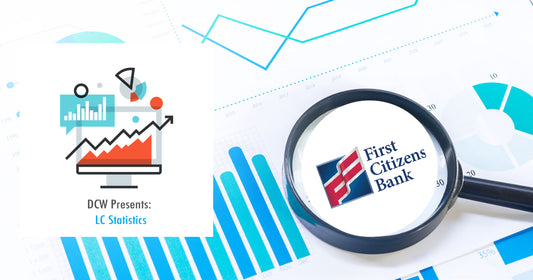Categories
- Anti Money Laundering
- authenticated
- automatic extension
- bill of lading
- compliance
- Counter Terrorist Financing
- extension
- financial crime
- Financial Guarantee
- Guarantee
- Independent Guarantee
- Iran
- ISP98
- LC
- LC Law
- LC Statistics
- Red Flags
- Sanctions
- Standby LC
- SWIFT
- Trade Based Financial Crime Compliance
- tranport documents
- UCP500
- UCP600
- wrongful dishonor

The Most Challenging Aspect of Standbys?
One LC expert considers it to be auto-extension. In formulating terms for giving notice of non-extension, one major problem is that the beneficiary wants to receive notice and the issuing bank just wants to send notice. Usually the beneficiary has leverage with the applicant. The question is whether it is aware of the issue and whether the bank is willing to concede the point. Despite what is said in the undertaking, the courts have tended to rule that banks have to get notice to the beneficiary. In this respect, ISP98 Form 2 provides a mechanism for the beneficiary to change its address without amending the credit.
For more on Auto Extension, join IIBLP on Thursday, 26 October for the Standby & Guarantee Forum in New York. At the late morning session dedicated to drafting issues, there is a panel discussion myriad problems with Automatic Extension, including:
- What is an “automatic extension clause”? Other similar clauses: automatic reduction; renewal
- Terminology: “extension” (vs. “renew/al”, “reinstate”); “automatic”; “evergreen”
- Distinguished from true amendments
- Link between the non-extension and the ability of the beneficiary to draw asa result of the non-extension
- Drafting the provision: ISP98 Model Form 2; cycle (30 calendar days/one calendar year)
- The actual date of expiration vs the stated date of expiration: closure on the stated or intended day
- The Triggering Event: a time range: inclusive or exclusive of end date
- Policy: to enable the issuer to monitor the credit standing of the applicant in an ongoing fashion
- Confirmations and automatic extension clauses: How to avoid being exposed by the issuer’s non extension notice where the beneficiary does not draw





